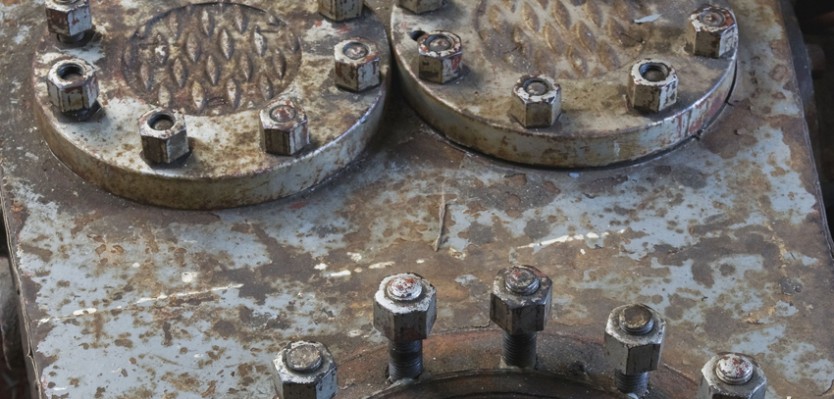
Interview with Naama Tsabar
Pooja Kakar: Can you explain the inspiration and planning behind “Night Falls (Lighters)”?
Naama Tsabar: “In Nightfalls (Lighters)” I focus on the image of the empty lighter that now only creates sparks. This device used to make fire is rendered unusable and in turn its functionally is subverted to one that is sensual, visually and sound-wise. The lighter now illuminates moments in space—the hand that holds it, the frame around it—but in a very fragmented way.
“NightFalls (Lighters)” is a work from late 2008. It was originally exhibited as part of a solo exhibition I had at Pianissimo gallery in Milan, which was called “NightFalls” and was a sculptural installation that examined the moments ambient enhancing devices lose their functionality.
Having bartended for many years, my main inspiration for that exhibition was those moments of dawn, when the mysterious and unknown is illuminated and exposed. Around the same time a law was passed in Israel prohibiting smoking in bars, which gave way to a whole underground culture of smoking illegally, behind the eye of the law. The tools that supported that action gained new meaning and uses, and the lighter was one of them.
PK: The presentation of the piece is site specific to the LILAC, perhaps you can describe your thought process on how you wanted it to be presented?
NT: Even before visiting the LILAC I was interested in its history as a lighthouse tender, and its relationship to the lighter video. The boat and the lighters have this interesting relationship in the service of light, with concealing and revealing. Both are rendered unusable in their present state, their functionality subverted. In a way, the lighters reference the present state of the boat as a museum ship or a display ship.
When I went on the boat itself it became very apparent to me that the most interesting space for this projection would be the communal sleeping room. It’s a room that’s filled with canvas bunk beds, a dark room at the belly of the ship.
PK: What aspect of the space of the LILAC do you find to be the most challenging or interesting to work with?
NT: There are technical restraints with exhibiting on ship, like power, ceiling height, and weather, but on the other hand the environment is so rich that the gentlest actions are amplified both in meaning and in experience.
PK: Could you explain your process—from the inception of an idea to its execution in an exhibit, in greater detail?
NT: My process varies a lot from show to show; it depends on the space, the conceptual framework for the exhibition and the environment it’s inserted into. At times I have a sculpture or installation cooking up in my studio, and then I seek the exhibition space and curator to have a dialogue with. At other times, as happened with the LILAC and Meaghan, I am approached by a venue or curator and a new project is made in response, or an older project is reworked and re-thought, expanding its existence in the world.
PK: Do you see any similarities between past exhibitions you’ve had and “DiA,” or will this be a new and unique experience for you?
NT: This is a unique experience for me, showing on a historical boat like the LILAC.
PK: You often collaborate with performers, artists, and musicians; how does this outcome differ from your original vision?
NT: Once you let another person into your practice, you have to learn new skills. You need to learn to communicate your idea even before it has a visual presence. There is also a certain amount of control that is taken away from you. I personally am very control-oriented, and through working with other musicians I have to let go, listen, and at times agree to things that are outside of my comfort zone. That’s at the core of creation; I grow a lot through those moments.
PK: What projects are you currently working on?
NT: I am working on a very big project that’s going to premier at the Tel Aviv Museum this summer. It’s a three-person show curated by Hadas Maor called “Showtime.” All the works in this exhibition deal with sound as a visual form, examining the term “show” while conceptually and physically deconstructing it within the exhibition space.
The installation that I will be showing is called “Propagation (Opus 2),” a performative installation that fuses architecture with sound equipment into an absurd situation where one supports the other, both physically and sound-wise. Thirteen sculptures make up a fragmented, broken-down space that at certain times is filled with live sound.
Tags: Journal